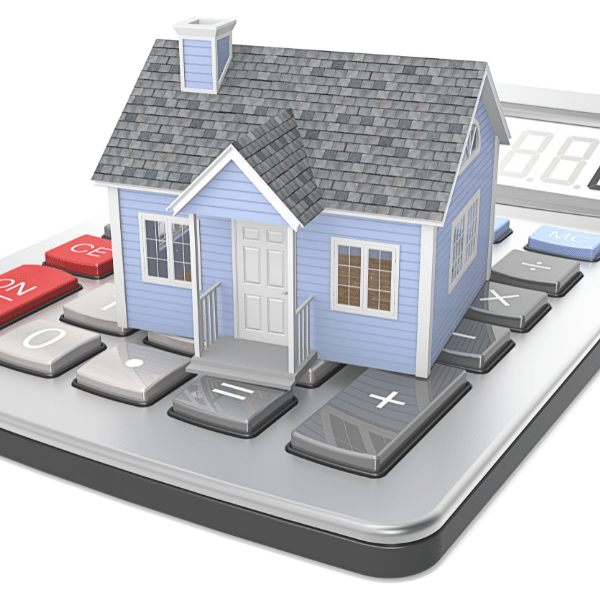What Drives a Home's Price?
Builders need a lot of information to arrive at an accurate number.
Every now and then a homeowner will call to ask how much our new homes cost per square foot. The answer, of course, depends on a range of variables. Some of these are obvious, and others less so.
The differences everyone grasps have to do with the house itself. In a custom home, the architectural design and the quality of finishes (siding, trim, countertops, fixtures, etc.) are driven by homeowner choices and will be unique to each project. But those aren't the only variables.
There are things beyond the homeowner's control that also have a big impact on price.
One factor is where the home will be built. There can be a huge spread between the costs of two identical homes if lot conditions and local regulations are different enough. Not all of these will apply to you, but it's helpful to understand the analysis that goes into an accurate price estimate.
Some lot conditions are easy to see. For instance, it costs more to build on a slope than on a flat lot. A home on the side of a hill can have a walk-out basement, but it needs more excavation and a more complicated foundation. A very steep slope may also require an engineer's survey—something you might want to do before purchasing the lot.
You also have to consider what's beneath the ground. Soils and other subsurface conditions can vary, even in different parts of the same town. Foundation costs will depend partly on whether you're building on clay, rock, or sand, as well as how close the water table is to the surface.
Nature isn't the only culprit behind lot-related variables, however. Some of the highest costs are for regulations and services.
Permits, for instance. The National Association of Homebuilders estimates that the cost of complying with government regulations has risen by about 30% in the past five years, and some jurisdictions require more permits than others. Actual permit fees are all over the map, but in general they will be higher in an urban area than in the countryside.
The same goes for utilities. Some cities charge north of $30,000 for water taps alone. Fees will probably be lower in a less populated or less developed area, but you may need a well and a septic system. Even if utilities are nearby, you may need a long trench to bring water, sewer and electric service to the house. These costs can put a real dent in the budget, so if you're still looking for a property you may want to get estimates before purchase.
If your lot is in a community governed by a homeowner association (HOA), their covenants and architectural guidelines can impact the final home price. For instance, if the community requires that your home have a certain percentage of natural or manufactured stone siding, that can add cost.
The bottom line is that you can't get an accurate price before understanding the variables imposed by home design, lot conditions, utility companies, governments, and HOAs. If someone gives you a square-foot cost over the phone without taking these into account, you should take it with a healthy dose of skepticism.
Warm regards,
Tim Alexander
To read our entire October 2021 newsletter, click here.


